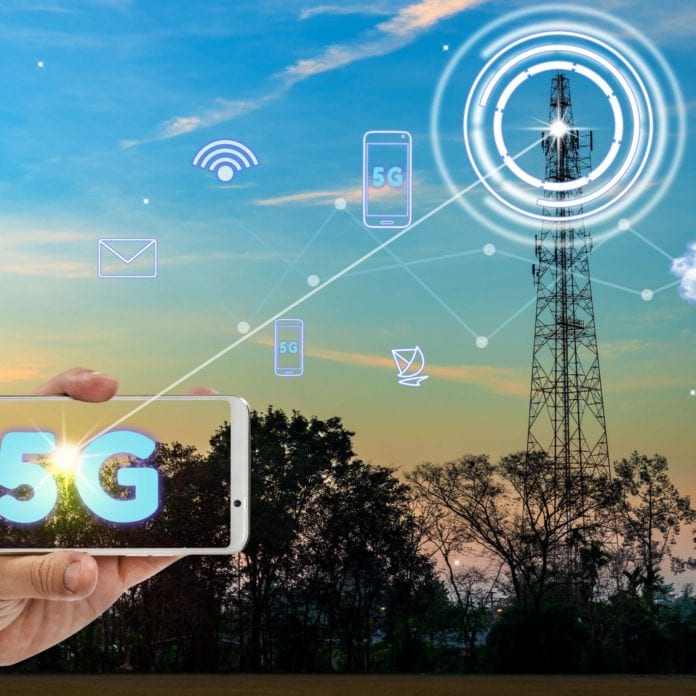Qualcomm President: ‘In 2023, 5G connections will surpass one billion’
Qualcomm President Cristiano Amon delivered one of the keynote addresses at this year’s CTIA 5G Summit, where he provided an update on the state of global 5G services and highlighted the importance of millimeter wave (mmWave), in particular, to 5G’s future.
From Qualcomm’s estimations, he said, more than 90 operators have launched next-generation services in over 40 countries since the first deployment approximately 18 months ago.
“And over 300 more are investing to deploy the technology,” he added.
“When you hear terms like industry 4.0, big data, telemedicine, extended reality, remote education, and cloud-based economy, think 5G,” he stated, clearly tapping into some of the latest connectivity trends resulting from the COVID-19 pandemic. “With 5G, wireless is not just part of the internet, it’s the future of the internet.”
Speaking of the future, Amon went on to say that Qualcomm predicts that that more than 750 million 5G smartphones will ship in 2022 and that in 2023, 5G connections will surpass one billion, which would make its adoption twice as fast as that of 4G.
“There will be 2.8 billion 5G connections by 2025, and they will account for more than 40% of all data traffic,” he projected.
From here, he shifted gears slightly, focusing on the different spectrum bands being used for 5G services. While he acknowledged the need from low- and mid-band spectrum, he lingered on mmWave, saying that it is “essential to realizing the full potential of 5G and “where you get multi-gigabit data rates.”
In terms of adoption, Amon said that more than 125 operators around the world are currently investing in these high-spectrum bands, in addition to those that have already launched it.
“Over the next two to three years, we expect mmWave to be deployed or licensed on all continents,” he claimed.
And Qualcomm certainly has reason to view mmWave as a critical driver behind unlocking the promise of 5G. According to a recent Ookla analysis, mmWave 5G devices powered by the company’s Snapdragon Modem-RF Systems delivered speeds in excess of 2 Gbps, and average download speeds reached more than 900 Mbps, which is more than 4 times faster than 5G speeds in mid-band spectrum.
Further, in a pervious interview with RCR Wireless News, Ozge Koymen, Qualcomm’s senior director of technology, directly addressed the industry’s skepticism around providing in-door mmWave coverage, due to its poor propagation and penetration, saying that the company has had success at its testbeds penetrating “typical construction materials.”

